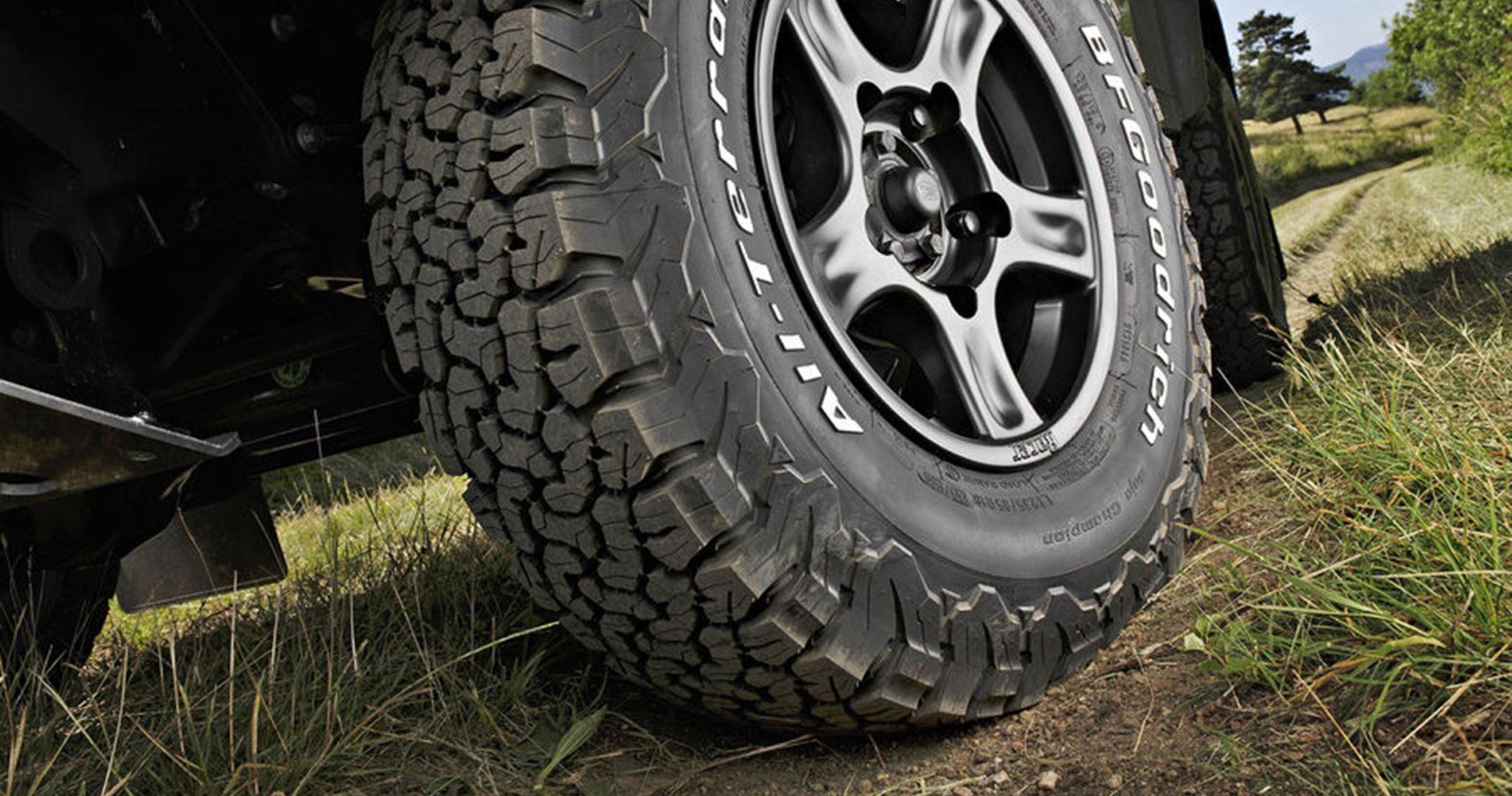Big tires can drastically change your car’s performance— but by how much?
In today’s craze of crossovers and SUVs, some people have gotten the idea that sticking bigger tires on their cars will suddenly turn them into off-road machines. While it’s true that bigger tires do help in some aspects of off-road performance by improving ground clearance and overall traction, they can be a big detriment for cars that aren’t designed to wear them.
We’re talking many escaped ponies between the crankshaft and the ground.
We all know that the power numbers given to us by car manufacturers aren’t exactly the power that we see on the road. A car’s drivetrain usually sucks away a few or more horsepower by the time it gets to the wheels, which is where we want all our power to go. Sometimes you lose a few, sometimes you lose a dozen, but there’s always some power lost in the journey from the engine to the pavement.
Putting on bigger tires than your car is rated for just makes the problem worse. Take the example of this YouTube video from Blake’s Garage. Here, a 2018 Subaru CrossTrek goes from stock 17-inch all-season tires to BF Goodrich all-terrain K02 tires. The stock tires weight about 45 lbs each, while the big, beefy all-terrains weigh over 57 lbs each. That’s a lot more weight for a Subaru’s boxer engine to turn.
RELATED: WHAT TORQUE REALLY IS EXPLAINED
This particular CrossTrek has been raised a bit to make room for the all-terrain tires, but otherwise remains bone-stock. The engine is rated at 152 hp and 145 lb-ft of torque from the dealer, but a dyno will show us the difference between what power it gets at the wheels from both all-season and all-terrain tires.
So how did the dyno go? On stock all-seasons, the CrossTrek put out 141.2 hp and 130.5 lb-ft of torque. On the all-terrains, those numbers were much smaller: 126.8 hp and 122 lb-ft of torque.
The reason for the power loss on the all-terrain tires is twofold. First, they’re a much heavier tire, so that means more power from the engine is wasted just turning the wheel rather than putting energy on the road. The second reason is the all-terrains are an inch larger in diameter, which changes the rotational inertia of the wheel. Without re-gearing the drivetrain, this is going to cause a loss of force between the tires and the road, which means less power and less acceleration.
Remember: bigger isn’t always better.

